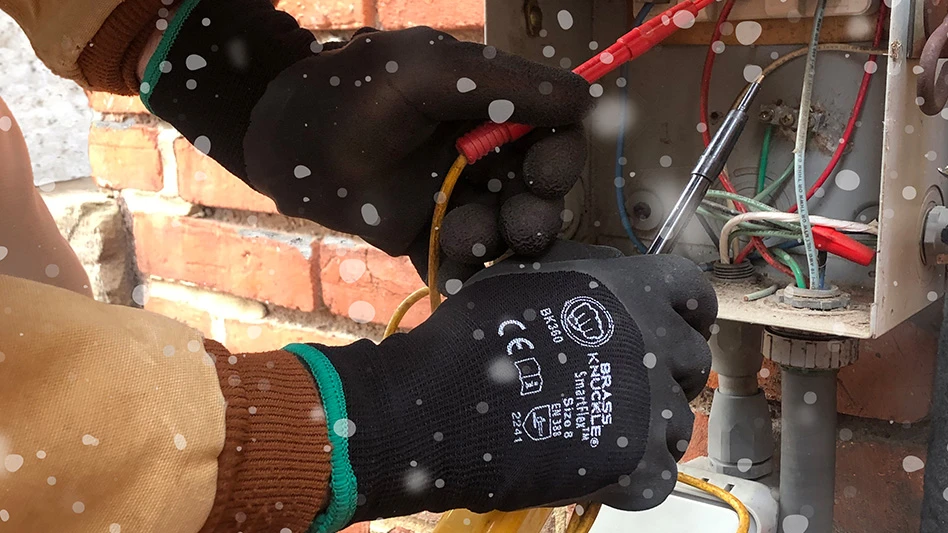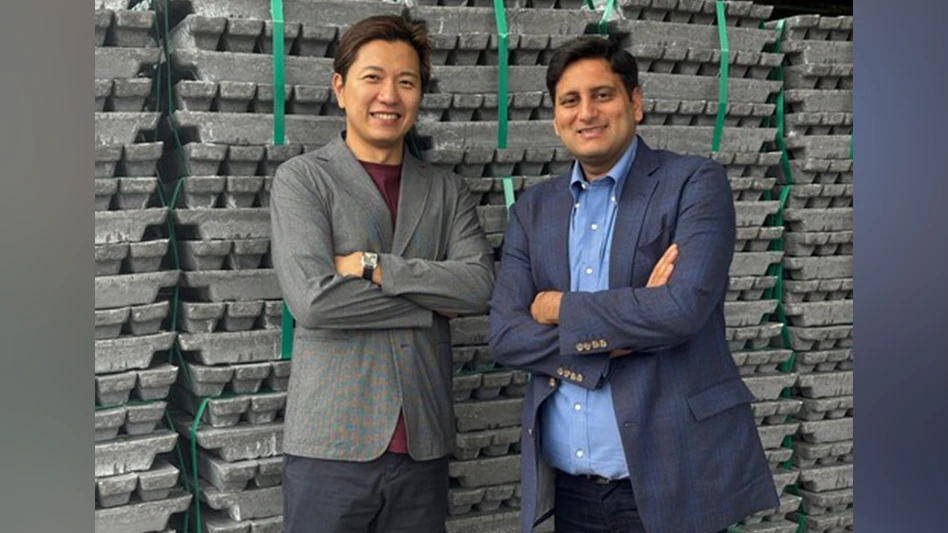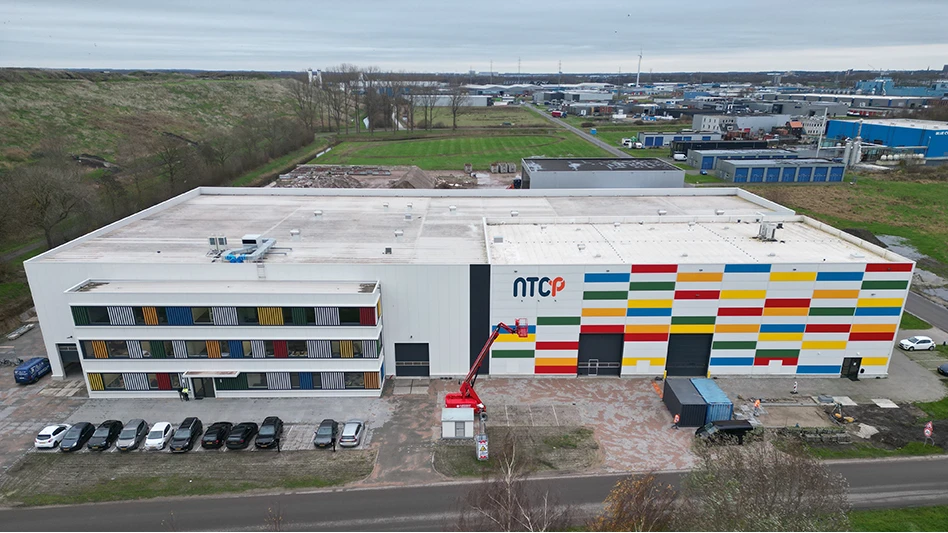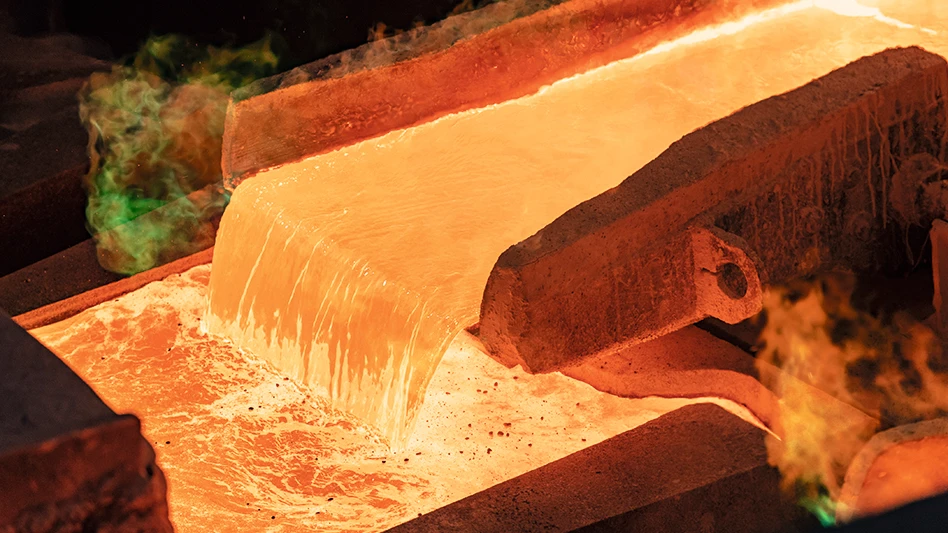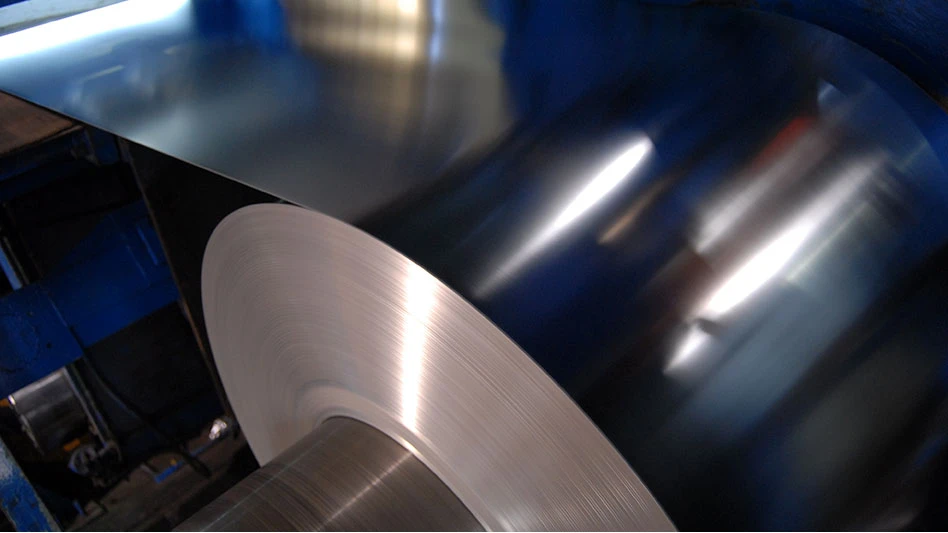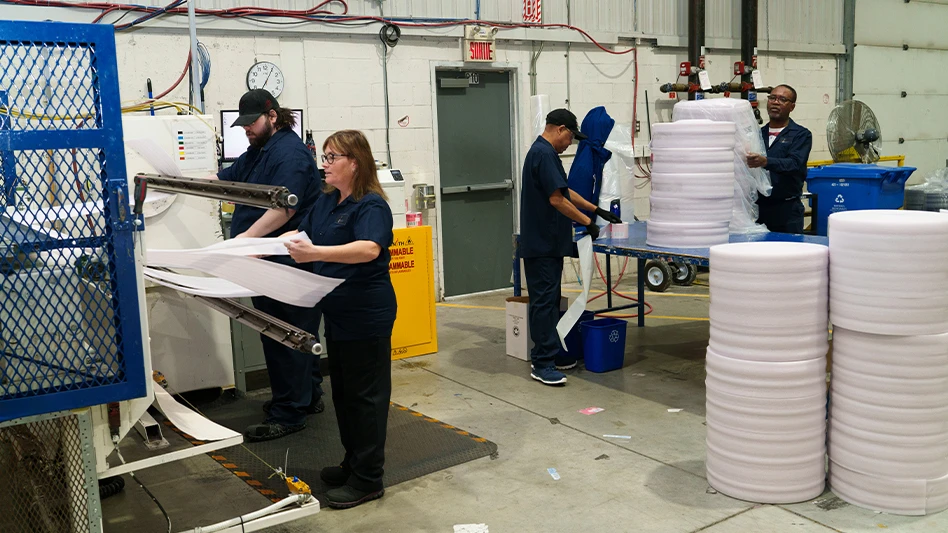
The Aluminium Association of India (AAI), which represents primary producers in that nation, reportedly has asked that nation’s government to raise the levy on imported aluminum scrap from 2.5 percent to 10 percent in the upcoming fiscal year.
An online report from the New Delhi-based Business Standard website says the AAI included the scrap levy hike within a series of requests to the government designed to “improve the cost structure of the Indian aluminum industry and enhance competitiveness.”
The list, sent to India’s Finance Ministry in advance of the nation’s Union Budget for the 2020-2021 fiscal year, also includes a requested reduction in primary aluminum production ingredients, including “aluminum fluoride, caustic soda lye and green anode/pre-baked carbon anode.”
The AAI reportedly has suggested the scrap import tariff hike could help “encourage recycling of domestic scrap and restrict increasing scrap imports.”
Later the same week, the Materials Recycling Association of India (MRAI) countered that the government should, instead, remove existing 2.5 and 5 percent tariffs on imported scrap. According to several media reports in India, the MRAI stated that India has been a net importer of scrap largely because it does not generate sufficient amounts within India.
The MRAI estimates that just 35 percent of scrap needed by Indian metal producers is being generated by domestic collection, leaving a 65 percent requirement for imported scrap.
The MRAI also indicates the metal industry can conserve natural resources and reduce carbon emissoins by using scrap.
The AAI seems to acknowledge a protectionist motive for its levy requests, saying the primary sector is facing “a severe threat from the increasing import of aluminum scrap” and the growing production of scrap-based secondary aluminum. The AAI indicates scrap by volume in the current fiscal year “constitutes around 58 percent of total aluminium imports” by volume.
The AAI also has suggested lowering the tax on coal, which would help make primary aluminum production more affordable.
India’s finance minister Nirmala Sitharaman is scheduled to present the 2020-2021 Union Budget on Saturday, Feb. 1.
Latest from Recycling Today
- Nucor names new president
- DOE rare earths funding is open to recyclers
- Design for Recycling Resolution introduced
- PetStar PET recycling plant expands
- Iron Bull addresses scrap handling needs with custom hoppers
- REgroup, CP Group to build advanced MRF in Nova Scotia
- Oregon county expands options for hard-to-recycling items
- Flexible plastic packaging initiative launches in Canada
